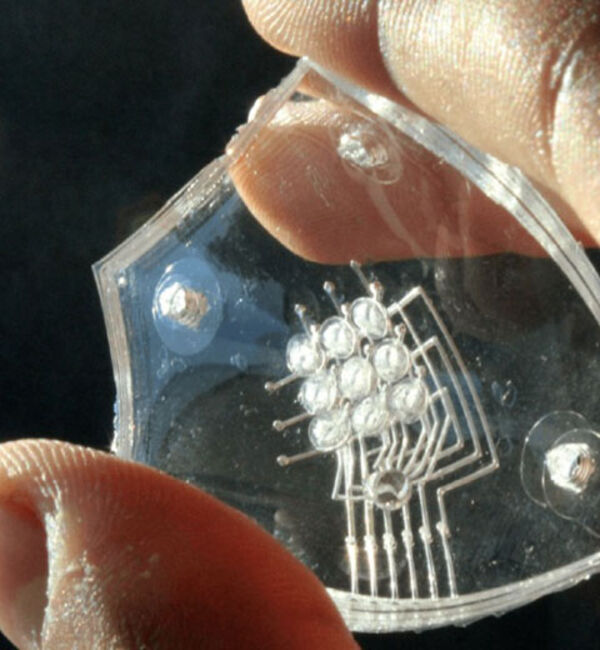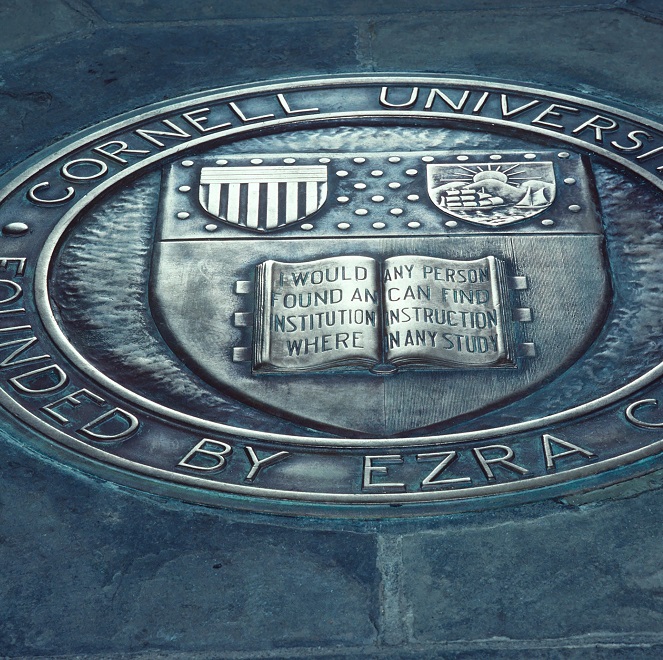In the News
Full listing
December 18, 2025
Researchers in Michelle Wang’s group have discovered that DNA packaging structures called nucleosomes, which have been traditionally seen as roadblocks for gene expression, actually help reduce torsional stress in DNA strands and facilitate the decoding of genetic information.
November 12, 2025
A pulse of light sets the tempo in the material. Atoms in a crystalline sheet just a few atoms thick begin to move – not randomly, but in a coordinated rhythm, twisting and untwisting in sync like dancers following a beat.This atomic choreography, set in motion by precisely timed bursts of energy, happens far too fast for the human eye or even traditional scientific tools to detect. The entire sequence plays out in about a trillionth of a second.
November 11, 2025
John Reppy, John L. Wetherill Professor of Physics Emeritus in the College of Arts & Sciences, has received the 2026 Oliver E. Buckley Condensed Matter Physics Prize. The award, which recognizes and encourages outstanding theoretical or experimental contributions to condensed matter physics, consists of $20,000 and is awarded annually.




